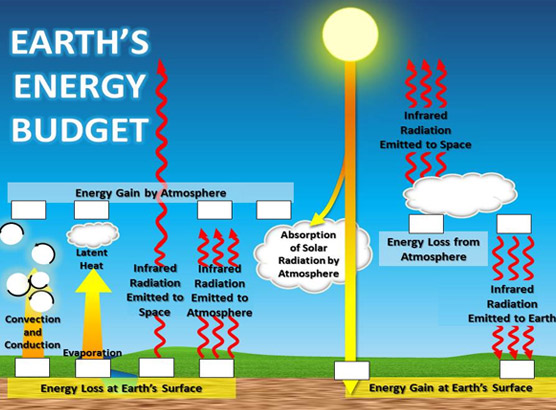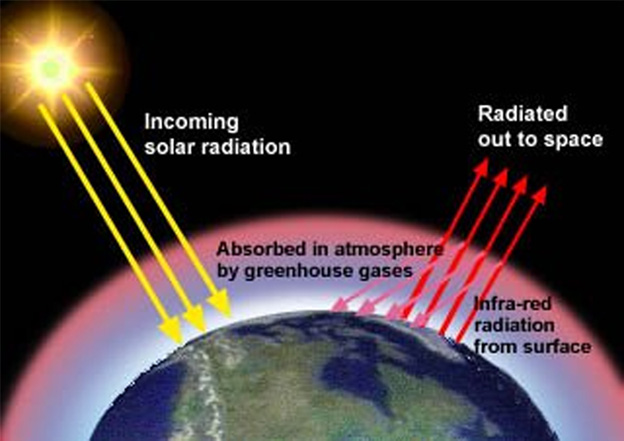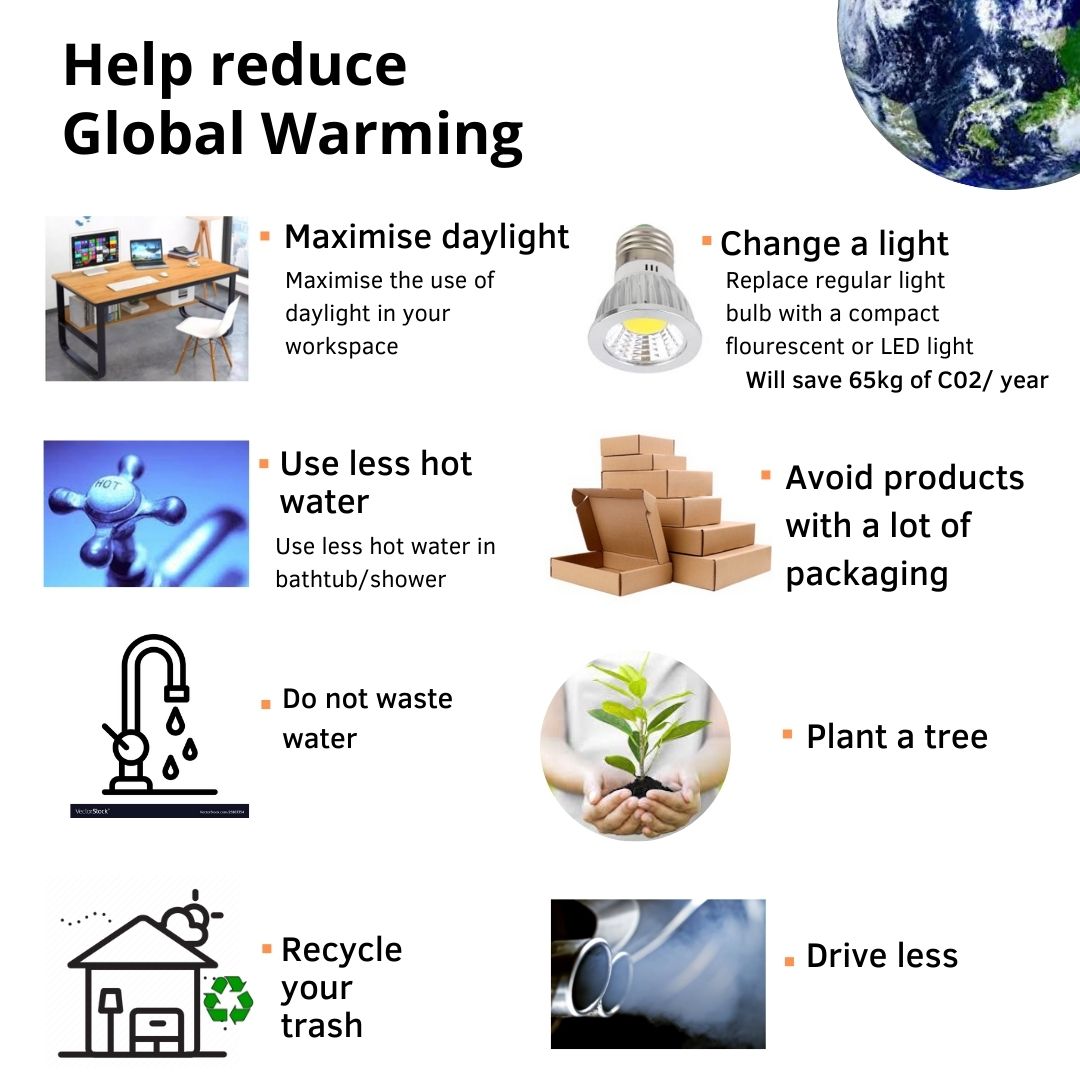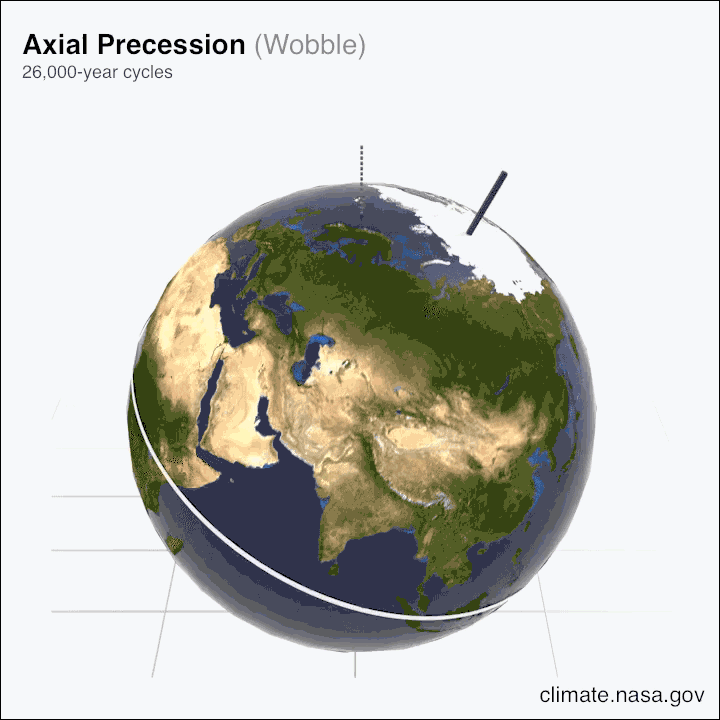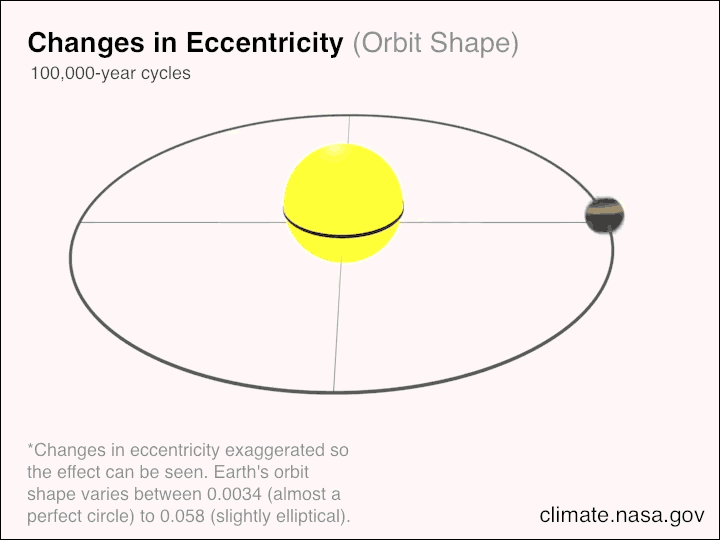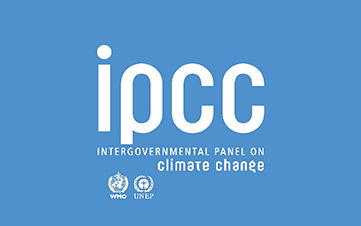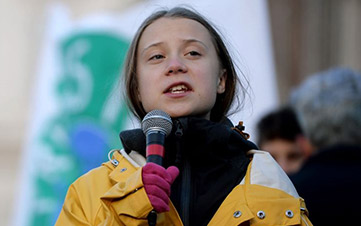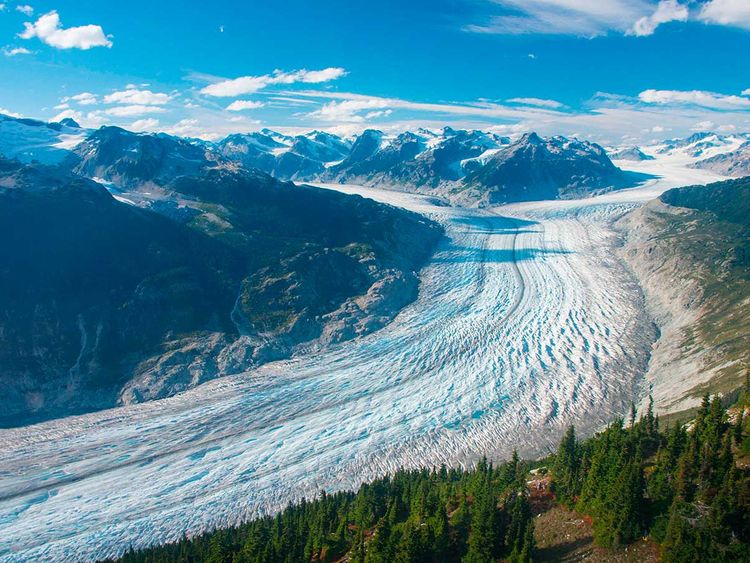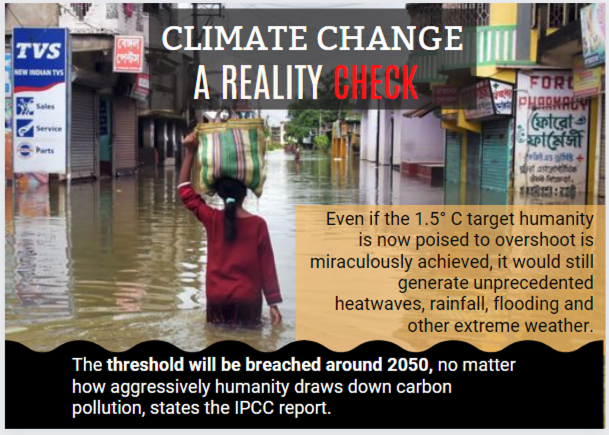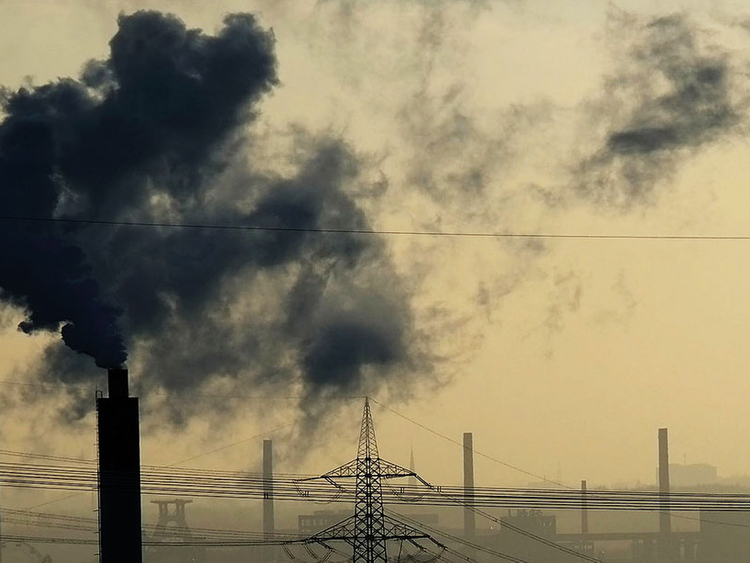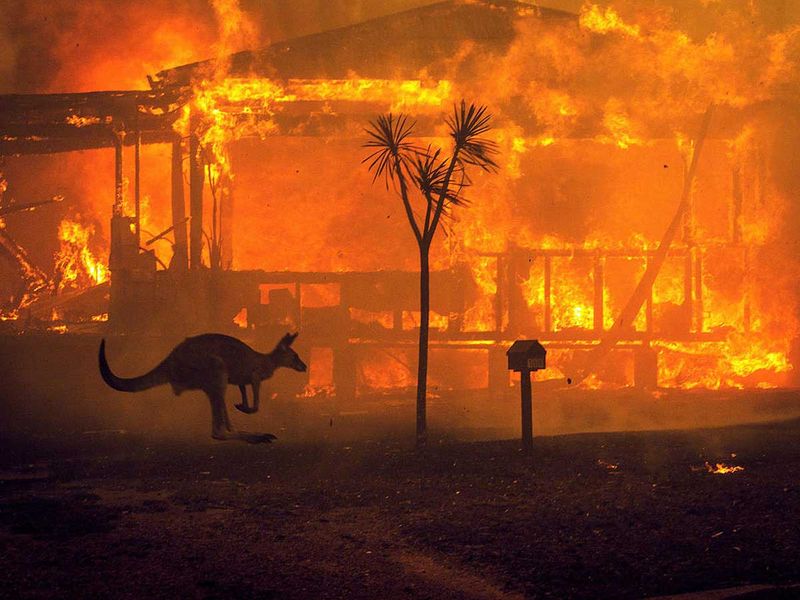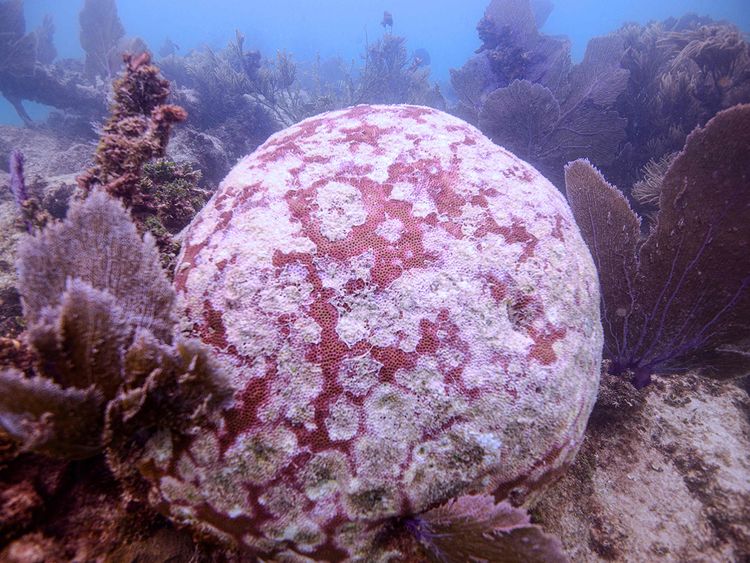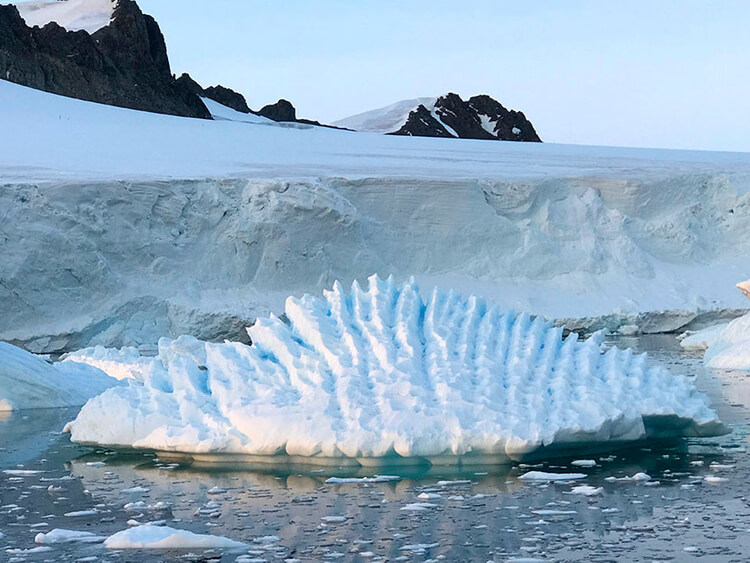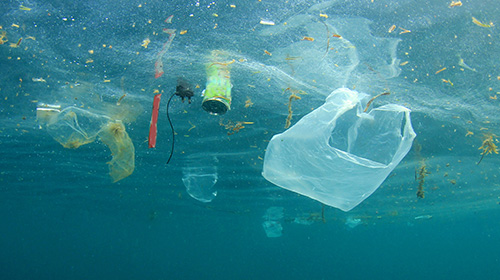Weather vs Climate
The weather changes daily, even hourly sometimes. The changes we see and feel outside — rainy one
day and sunny the next — that’s the weather. It can be cold, or hot too. Weather also changes from
place to place.
Climate, on the other hand, is the 'usual weather' of a place. Different places can have different
climates, and it changes with seasons. A place might be mostly warm and dry in the summer. The same
place may be cool and wet in the winter.
Then there's the Earth's climate, too — the combination of all the climates around the world
together.
Climate has changed throughout Earth's long history. So while weather can change in just a few
hours, or from one day to another, climate takes hundreds — or even millions — of years to change.
The Intergovernmental Panel on Climate Change (IPCC) defines climate change as “a change in the
state of the climate that can be identified (using statistical tests) by changes in the mean and/or
the variability of its properties. This change persists for an extended period.”
Scientists see changing patterns of the usual weather. Human activity — specifically, by burning
more greenhouse gases and spewing them into the Earth's atmosphere — turns up the heat on the planet.
Carbondioxide
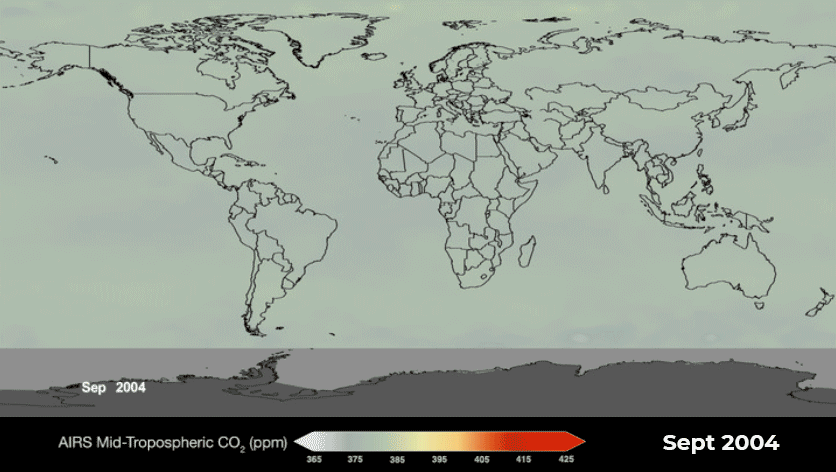
Credit: NASA / Source: Atmospheric Infrared Sounder (AIRS).
A series shows global changes in the concentration and distribution
of CO2 since 2002 at an altitude range of about 3 to 13 kms. The yellow-to-red regions show higher
concentrations of CO2, while blue-to-green areas indicate lower concentrations, measured in
parts per million (ppm).
Global temperature
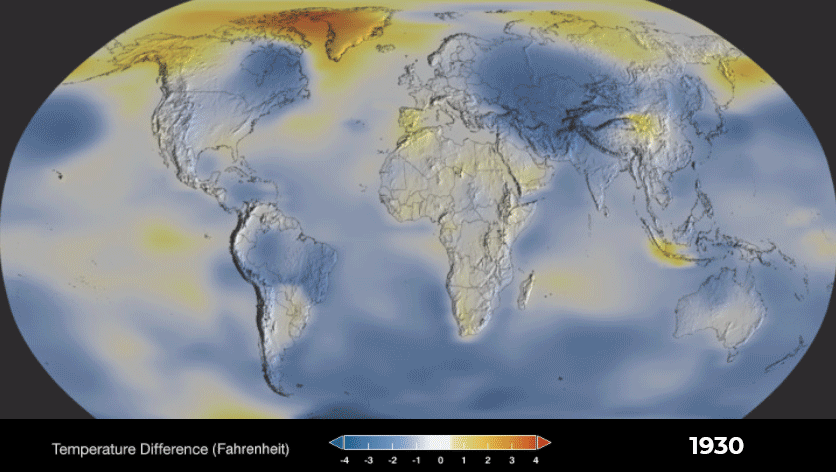
Credit: GISS / Source: NASA Scientific Visualization Studio
A colour-coded map shows the progression of changing global surface
temperatures since the 1880s. Dark blue indicates areas cooler than average. Dark red indicates
areas warmer than average.
Receding sea ice
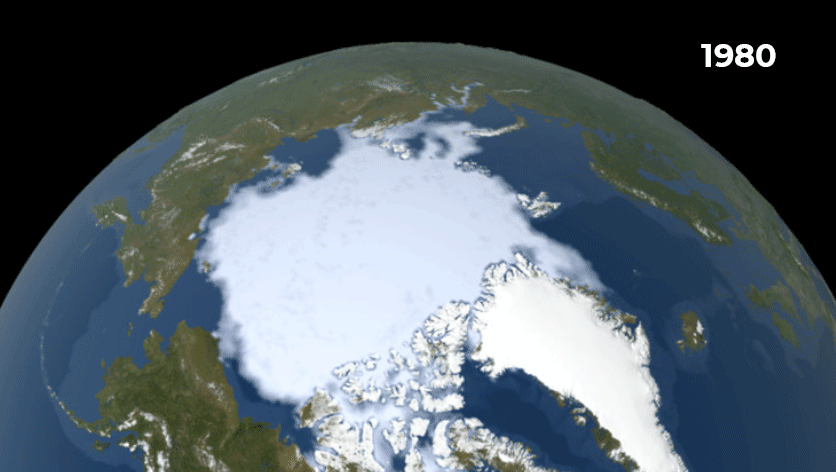
Source: Satellite Observations / NASA Scientific Visualisation Stiudio
This is the annual Arctic sea ice minimum, from 1980 to 2020. At the
end of each summer, the sea ice cover reaches its minimum extent, leaving what is called the
'perennial ice cover'. It has been receding since satellite record began in 1979.
